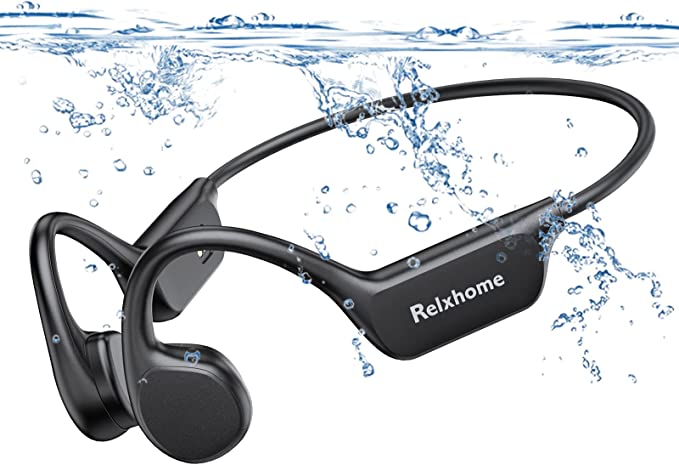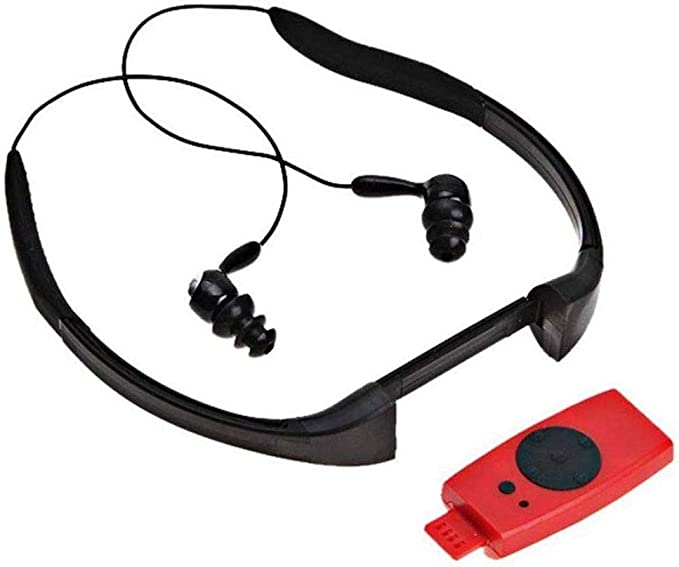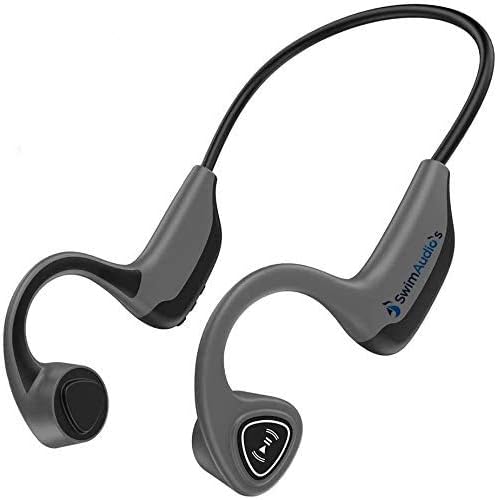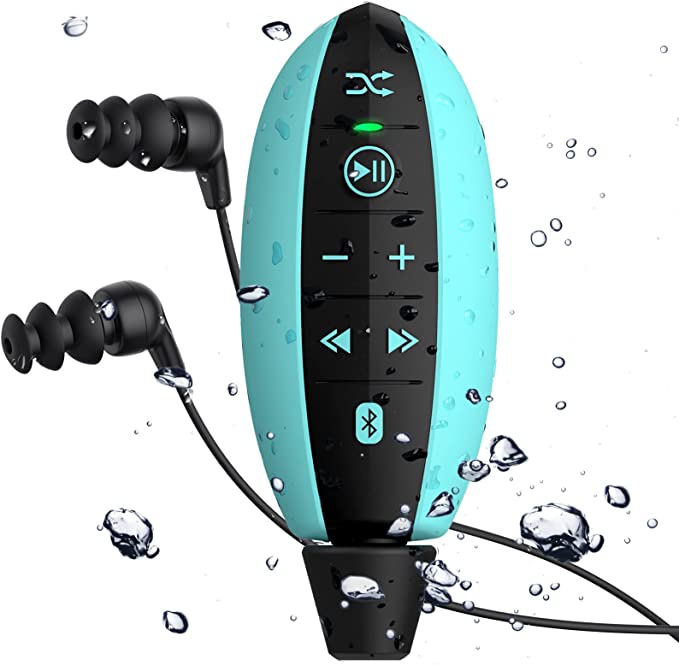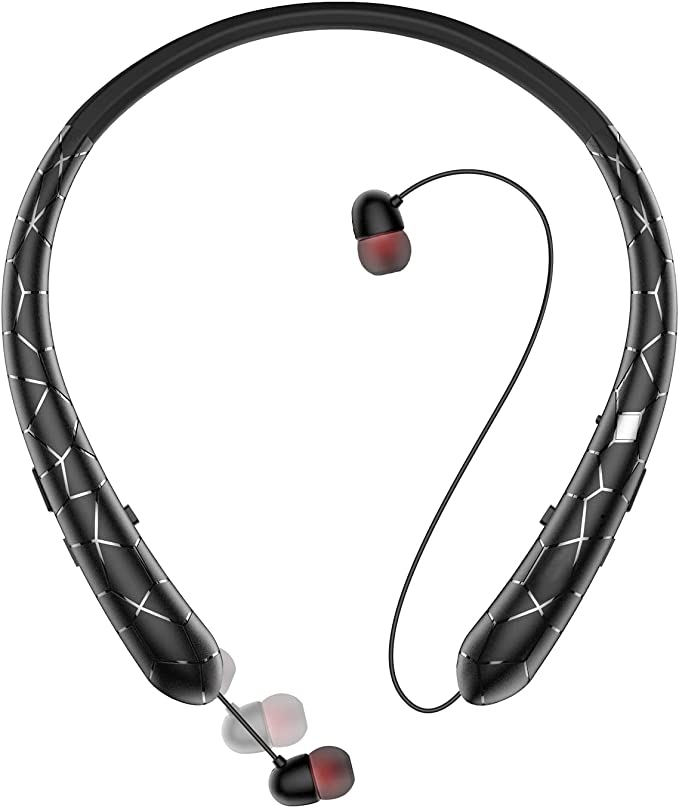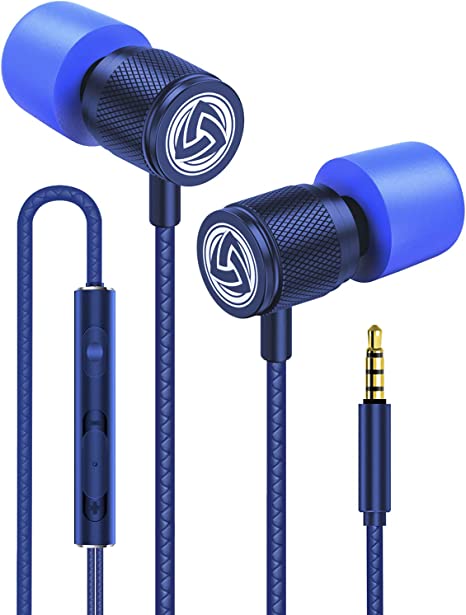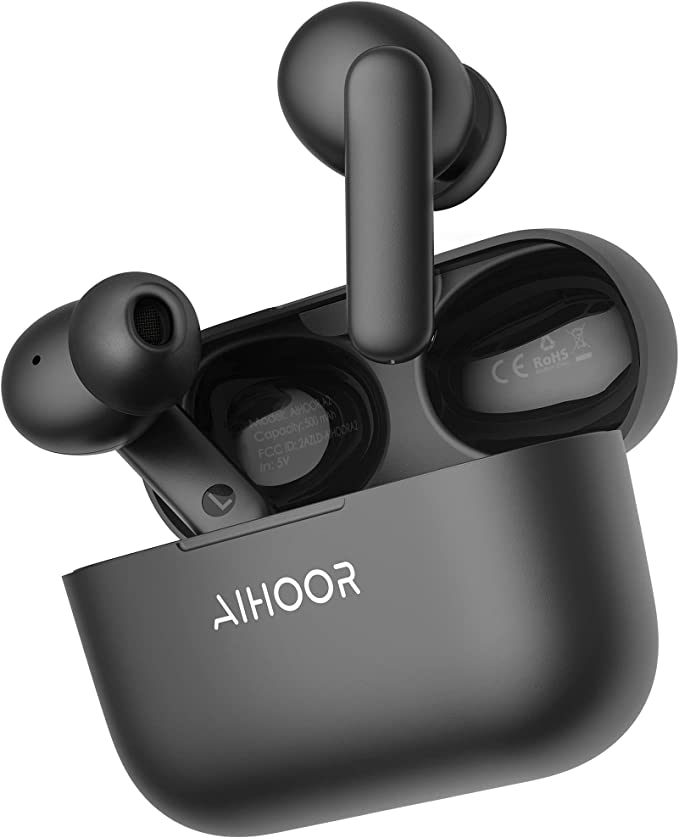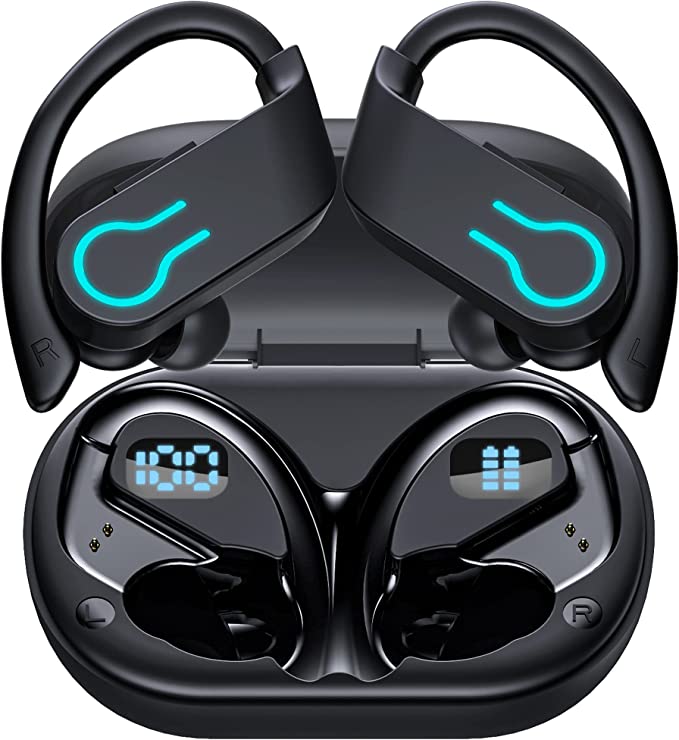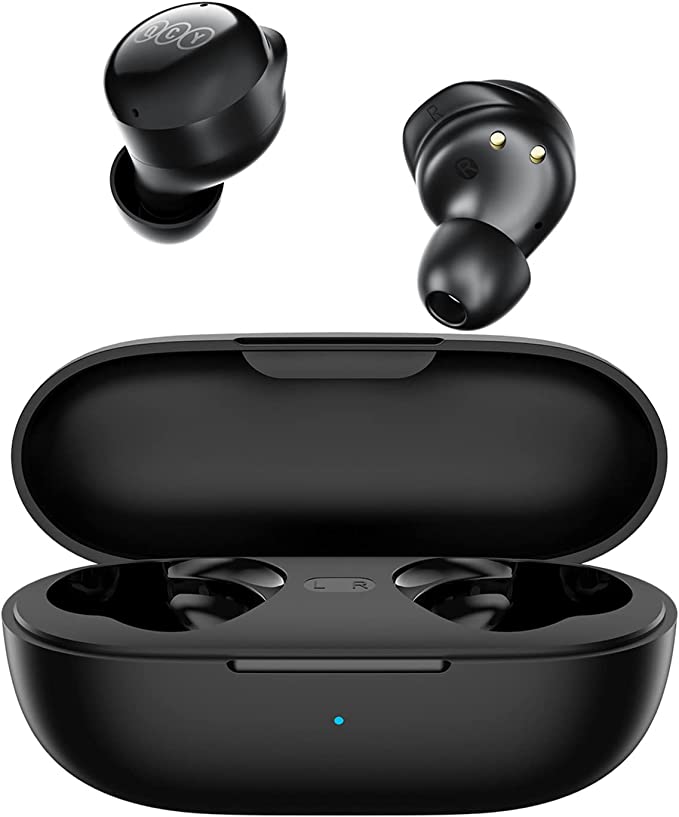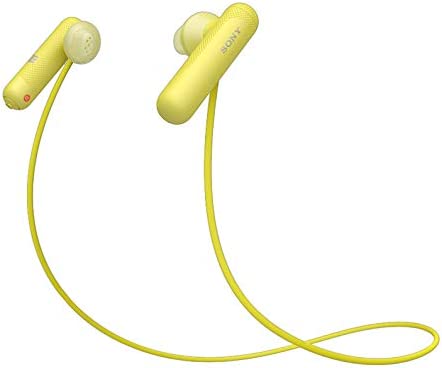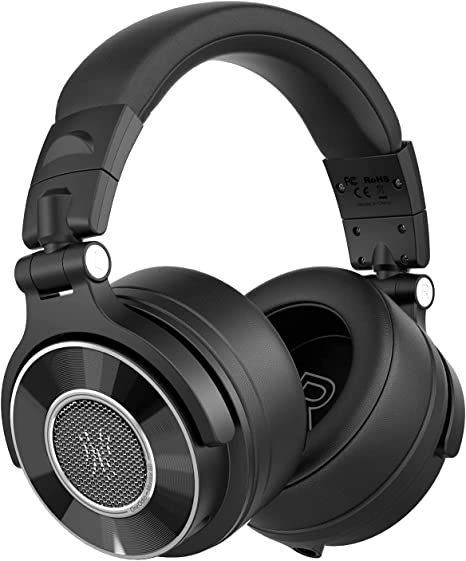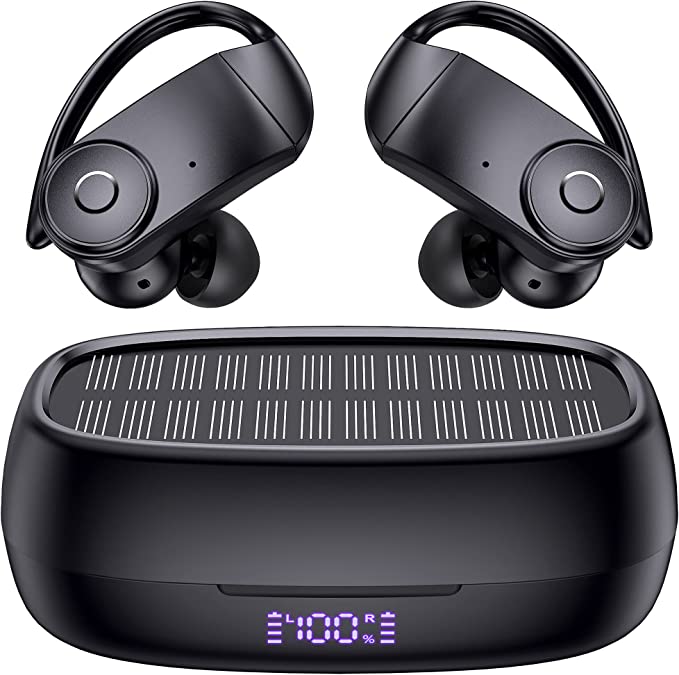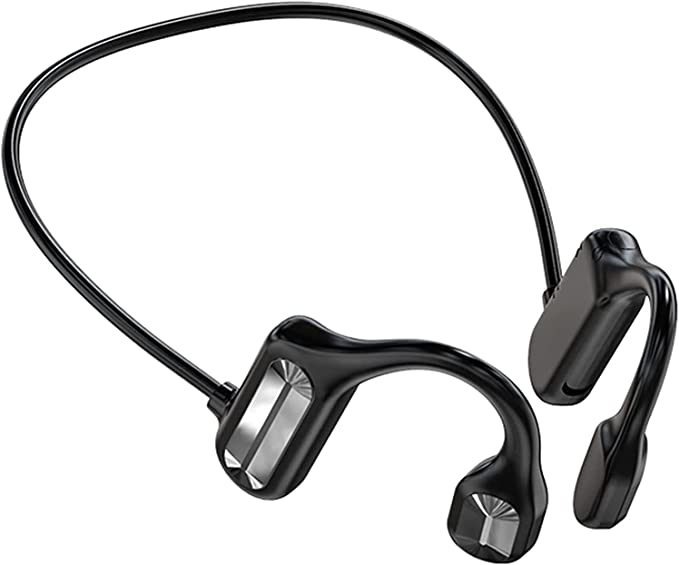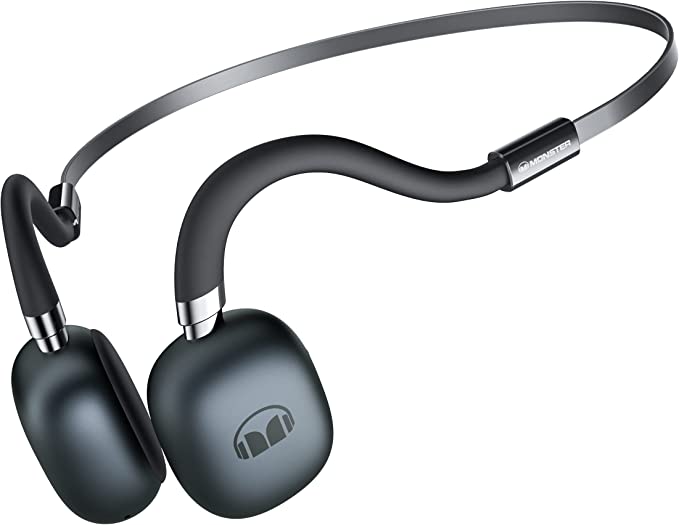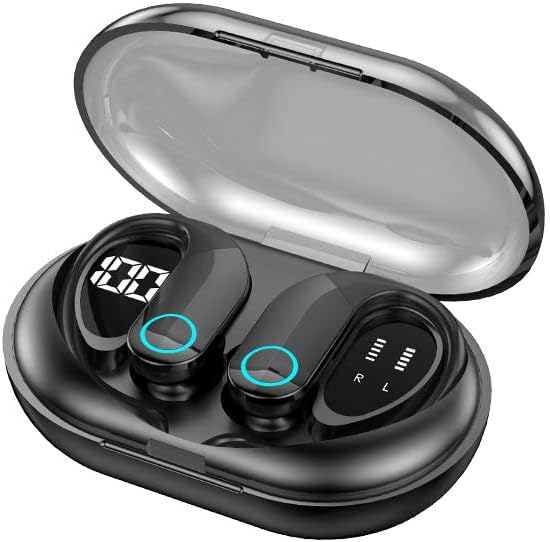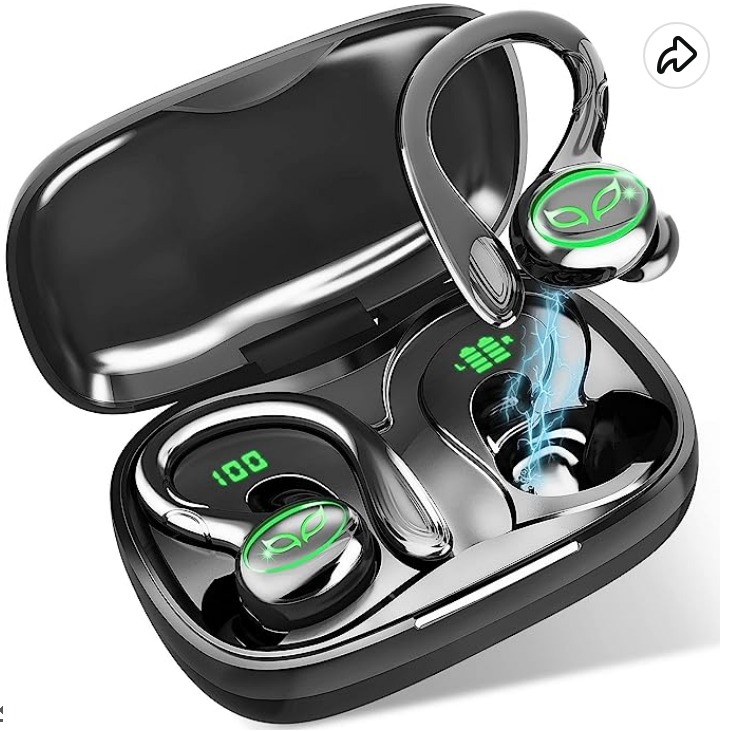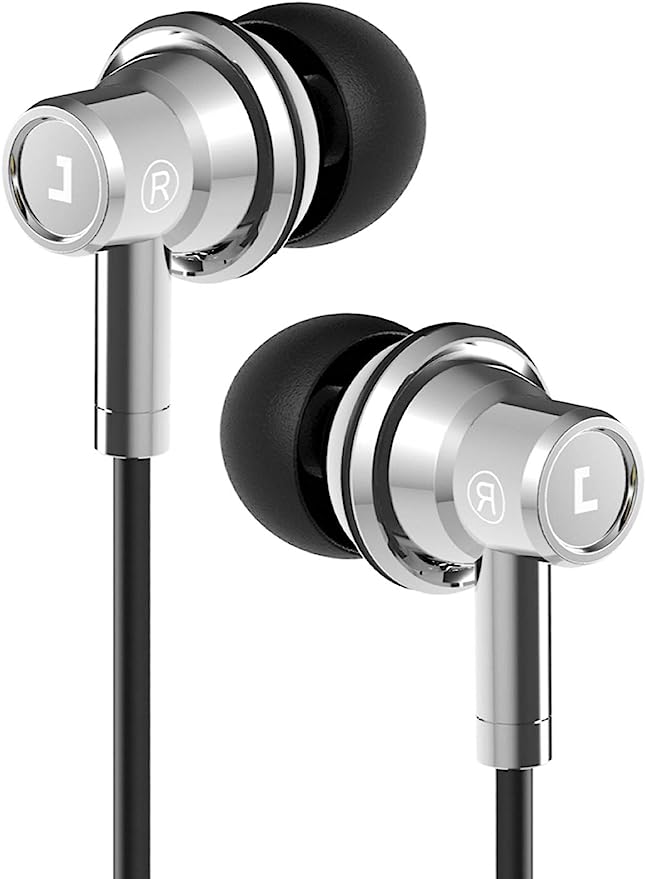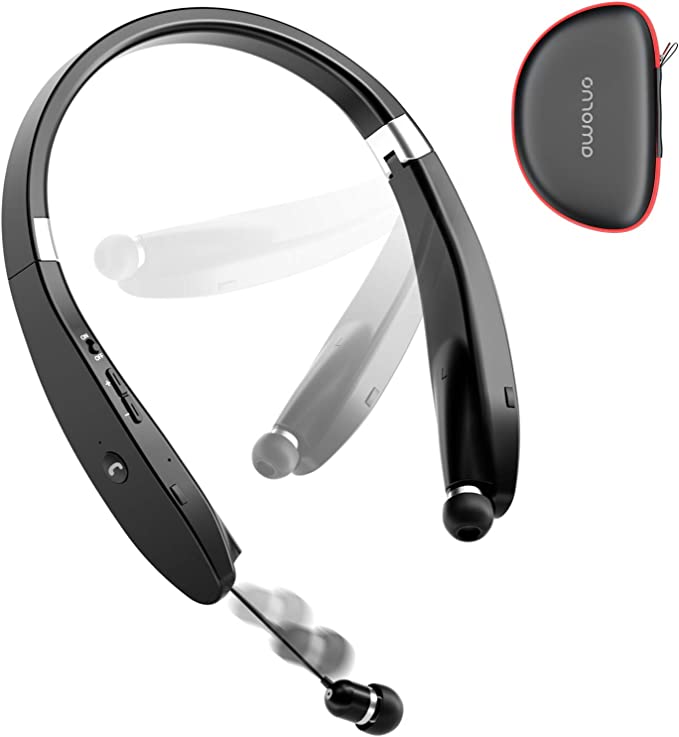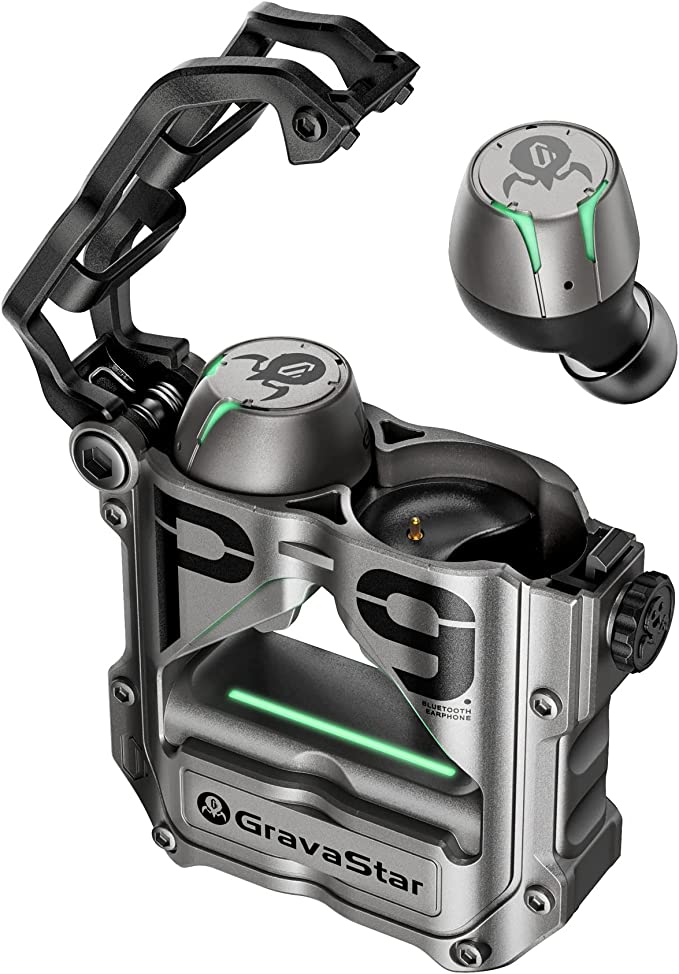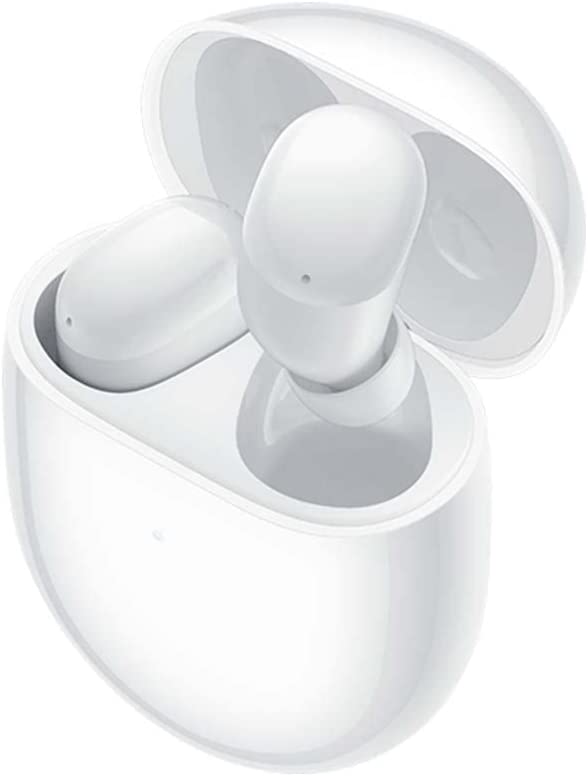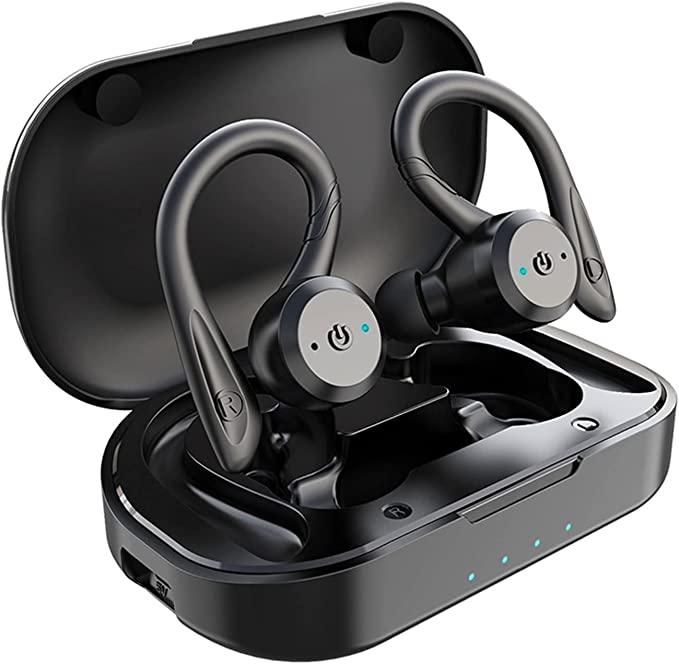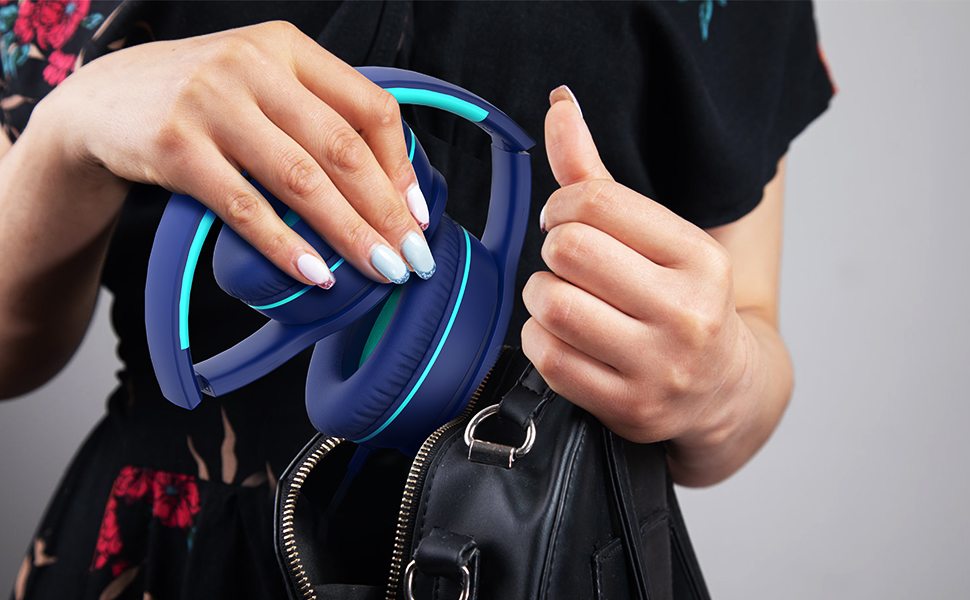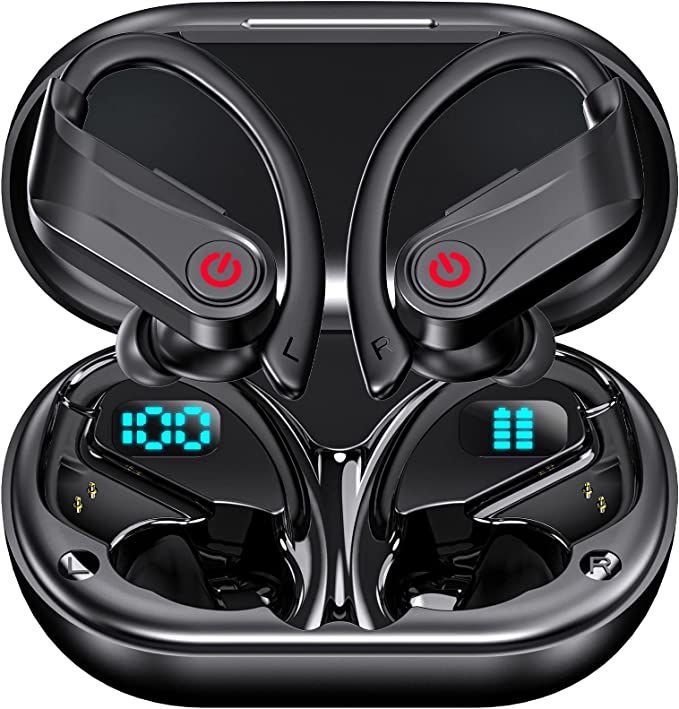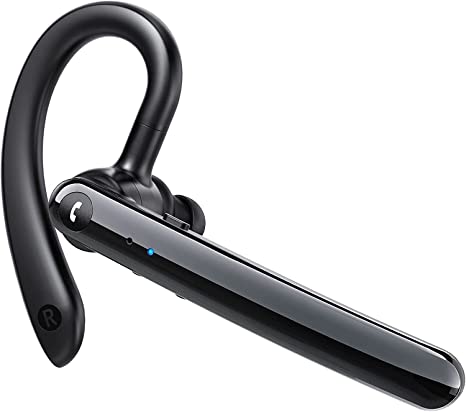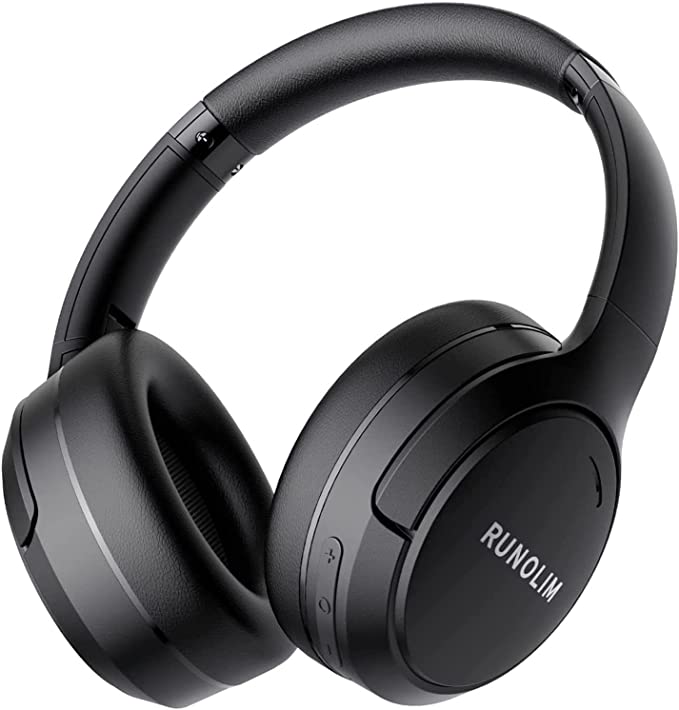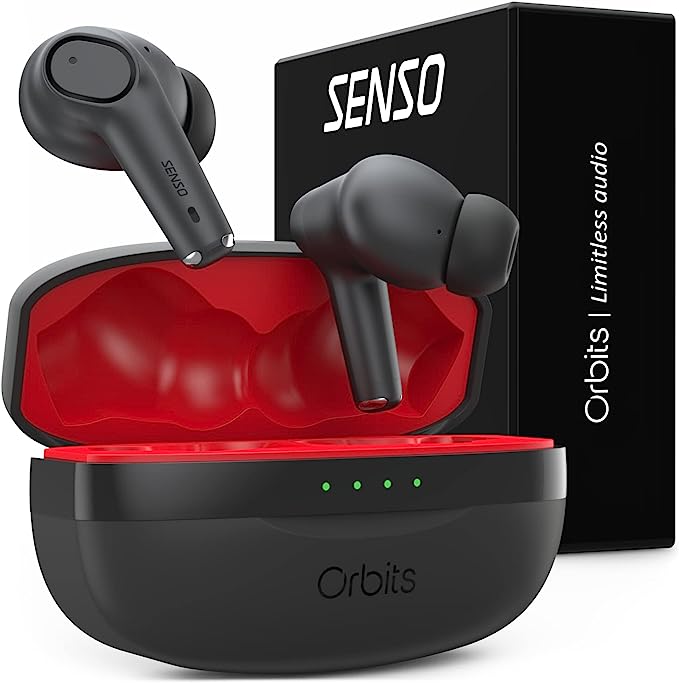Swimaudios Waterproof MP3 Player: Dive into Music with IPX8 Tech Explained
Update on April 29, 2025, 12:38 p.m.
Imagine the rhythmic slosh of water, the steady cadence of your breath, the black line stretching endlessly below. Lap swimming offers a unique meditative space, a world often defined by its quiet repetition. Yet, for many, that quiet can become monotonous. The energizing beat of a favorite song, the engaging narrative of a podcast, or the focused learning from an audiobook – these are companions often craved but historically excluded from the aquatic realm. Water, after all, is the natural adversary of most electronics.
But human ingenuity loves a challenge. Over time, engineers have chipped away at this barrier, developing technologies that allow us to bring our soundtracks into the pool, the lake, or even the ocean. Waterproof audio devices are no longer a novelty but a growing category of sports technology. To understand how this is possible, let’s take a closer look at the science and design principles embodied in a device like the Swimaudios Waterproof MP3 Player for Swimming (IPX8, 8GB, Black), using the information available about it as our guide. It’s a journey into sealing technology, underwater acoustics, and ergonomic design tailored for a world submerged.

Fortress Against the Flood: Understanding the IPX8 Rating
You’ve likely seen codes like “IP67” or “IPX8” stamped on gadgets, from smartphones to speakers. This isn’t just jargon; it’s a crucial indicator of a device’s resilience against the elements, defined by the Ingress Protection (IP) standard. Think of it as an internationally recognized armor rating for electronics against dust and liquids.
The code usually has two digits. The first relates to protection against solid particles (like dust), and the second relates to protection against liquids (water). In the case of the Swimaudios player, its rating is IPX8. * The ‘X‘ simply means the device hasn’t been specifically rated for dust protection according to the standard scale, or the manufacturer hasn’t declared it. For a swimming device, water is the primary concern anyway. * The ‘8‘ is the number that truly matters for swimmers. It represents one of the highest levels of liquid ingress protection under the standard. Specifically, it signifies that the device is suitable for continuous immersion in water under conditions specified by the manufacturer, which typically exceed 1 meter of depth.
For the Swimaudios player, the product description specifies this means it’s designed to withstand submersion up to 3 meters (approximately 10 feet). This isn’t magic; it’s meticulous engineering. Achieving this level of water resistance relies on creating a watertight seal around every potential entry point – seams, buttons, charging ports (or lack thereof in the traditional sense). It involves precise manufacturing tolerances and the use of materials that resist water penetration under pressure. Imagine the seals on a submarine’s hatch; a similar principle, albeit on a much smaller scale, is at play here, ensuring the delicate electronics within remain dry even when fully submerged lap after lap.

Sound Waves in the Deep: The Challenge of Underwater Audio
Making a device waterproof is only half the battle. The next hurdle is delivering clear audio through or in the water. Anyone who’s tried talking or listening underwater knows that sound behaves very differently there compared to air. Why? It boils down to physics, primarily density.
Water is roughly 800 times denser than air. Sound waves travel differently through denser mediums – they actually travel faster, but our ears (designed for air) and the way sound interacts with our skull and ear canals underwater lead to a muffled, distorted listening experience. It’s like trying to have a clear conversation through a thick wall, or perhaps more aptly, like listening to music with your head wrapped in a very dense, wet blanket.
So, how do devices like the Swimaudios MP3 player attempt to overcome this? The primary strategy is direct in-ear sound delivery. Instead of trying to project sound through the water towards your ear, these devices place tiny speakers directly into your ear canal via earbuds. The Swimaudios player is described as having a “waterproof horn specially designed for swimming” and a “0.2 inches sound unit” within its earbuds, hinting at components optimized for this purpose.
However, the true unsung hero in this underwater audio equation is often the swimming earplug itself. The Swimaudios player comes with specialized earplugs distinct from standard, dry-land earbuds. These plugs serve a critical dual function:
1. Water Barrier: First and foremost, they must create a reliable seal to prevent water from entering the ear canal. This is vital for comfort, hygiene, and preventing swimmer’s ear.
2. Acoustic Seal: Just as importantly, this watertight seal creates a tiny, trapped air pocket between the earbud speaker and your eardrum. This air pocket allows the sound waves from the small driver unit to travel relatively unimpeded to your eardrum, largely bypassing the muffling effect of the surrounding water.
This is why getting the fit right is absolutely non-negotiable for good underwater sound quality. If the seal is incomplete, water can seep in, and sound quality will likely plummet, becoming muffled or tinny. This directly correlates with user feedback found in the product information: some users reported excellent sound, while others mentioned issues like crackling or muffled audio, sometimes needing to “wiggle” the earbud, strongly suggesting the seal wasn’t perfect. One user specifically noted that the included swimming earplugs (potentially only one size provided for this purpose, unlike the multiple sizes for dry use) felt too small for their ears, preventing a proper seal. This highlights a crucial ergonomic challenge: ear canals vary significantly, and a one-size-fits-all approach for specialized swimming plugs can be problematic.

Your Aquatic Library: Capacity, Compatibility, and Control
Once the waterproofing and audio delivery are handled, the device needs content. The Swimaudios player boasts 8GB of internal memory. What does that mean in practical terms? The manufacturer suggests this is enough to hold “approximately 2,000 songs.” This number, of course, depends heavily on the audio file format and compression level (bitrate). A high-quality, uncompressed WAV file takes up vastly more space than a standard MP3. Still, 8GB offers substantial capacity, easily accommodating hours upon hours of music, multiple audiobooks, or a season’s worth of podcasts – more than enough for even the longest swim sessions.
Versatility extends to audio format support. The player is listed as compatible with a wide range: MP3 (from 8 to 320kbps), WMA, DRM, OGG, WAV, AAC-LC, FLAC, and APE. This broad compatibility is a significant convenience factor. It means users likely won’t need to waste time converting their existing music library files to a specific, obscure format. Whether you prefer standard compressed files (MP3, AAC), higher-quality compressed files (OGG), or even lossless formats for critical listening (FLAC, WAV, APE – though the benefits might be subtle underwater), the player is equipped to handle them. The mention of DRM support is interesting, perhaps hinting at compatibility with older protected music files, although this is less common today.
Control over playback is also provided. The device offers both Sequential and Shuffle modes, with Shuffle being the default setting. This simple choice caters to different listening habits. Shuffle is great for discovering new tracks in a large music playlist, keeping things fresh. Sequential play, however, is essential for listening to albums in their intended order, or crucially, for enjoying audiobooks and podcasts where chapter order matters. The ease of switching modes (reportedly via a long press of the volume down button, according to one translated review) was specifically praised by a user who enjoyed audiobooks while swimming.
Built for the Stroke: Design, Comfort, and Interaction
A device designed for swimming needs to be more than just waterproof and functional; it needs to be unobtrusive and stable during repetitive motion. The Swimaudios player employs a head-mounted design, intended to wrap around the back of the head. Key design elements mentioned include: * Lightweight Construction: A net weight of just 32 grams aims to minimize any feeling of burden while swimming. * Materials: The frame utilizes PP (polypropylene), known for its flexibility and resilience, allowing users to potentially “bend to fit your head.” The components have a silicone coating, likely chosen for its water-repellent properties and comfortable feel against the skin. * Stability: The “three-pointed triangle head-mounted design” aims to keep the player securely in place during laps and turns, preventing it from shifting or falling off.
However, fit is subjective. Just as with the earplugs, the frame size might not suit everyone. One user review specifically mentioned the frame felt tight for larger heads by North American standards, suggesting potential discomfort for some users. Another user found wearing it around the neck, rather than the head, worked better for them.
One of the cleverest design aspects appears to be the integration of the USB connection. Instead of a separate charging port (which would be another potential point for water ingress), the core MP3 player unit itself detaches from the headphone frame. This detached unit features a standard USB 2.0 plug. This allows it to be plugged directly into a computer (compatible with a range of Windows and Mac OS versions) for both charging and file transfer – a simple, cable-free solution for data management (just drag and drop files).
Powering the device is a Lithium-Ion battery (included). The manufacturer claims a charge time of 1.5 to 2 hours. Playback time estimates vary slightly within the provided text, ranging from 4 to 8 hours. This variation itself suggests usage patterns matter (volume level, shuffle vs. sequential, potentially even water temperature affecting battery chemistry). It’s crucial to note a discrepancy highlighted in user feedback: one detailed review reported experiencing only around 3 hours of playback consistently, significantly less than the lower end of the official claim. This user wisely suggested charging before every use, especially as there seems to be no audible low-battery warning – only a blinking light, which is useless while swimming. Another user reported good battery life, showing experiences can differ.
Interaction with the device happens via buttons located on the main unit, which sits at the back of the head when worn as intended. While this placement keeps the controls out of the way during swimming, it also makes them difficult, if not impossible, to access for mid-swim adjustments like changing tracks or volume. This was noted as a potential downside by a user – it’s fine if you set your playlist and volume before diving in, but less ideal if you like to tweak things on the fly.
Finally, a small detail mentioned in the user feedback relates to the cables running from the main unit to the earbuds. One user expressed concern about their perceived thinness, worrying about long-term durability. While this is subjective observation, it points to potential wear points in any frequently used, flexible electronic device.
Bonus Round: Surviving the Heat
An interesting specification is the player’s heat resistance up to 60°C (140°F). While most swimming happens in cooler water, this tolerance opens up possibilities for use in warmer environments like hot tubs, saunas (though extreme humidity might still be a factor), or simply enjoying music during a hot post-swim shower without worry.
The Reality Check: Performance, Longevity, and Expectations
Bringing all these technical aspects together, how does the Swimaudios player perform in the real world, based solely on the limited user feedback provided? It’s a mixed picture, which is common for many consumer electronics.
The potential for good underwater audio is there, often praised when users achieve that crucial perfect earplug seal. The ease of use for loading music is a clear positive. The wide format support and playback modes offer welcome flexibility. The lightweight design is generally appreciated.
However, potential buyers should be aware of the reported challenges. The fit of the swimming earplugs and the frame itself might be an issue for some individuals, directly impacting both comfort and sound quality. The real-world battery life might be closer to the lower end of estimates or even less for some users. The durability of the thin cords is a potential concern. Sound quality can reportedly suffer (crackling, muffling) if the fit isn’t just right, requiring adjustments. And perhaps most concerningly, a couple of users reported their devices stopped working after several months (one mentioning a charging issue), raising questions about long-term reliability and the process for warranty claims. The overall 3.8-star rating reflects this blend of positive experiences and notable issues.
It’s important to remember this feedback represents a small sample and individual experiences can vary widely. However, these points highlight critical areas to consider when evaluating any waterproof audio device: fit, seal integrity, realistic battery expectations, and build quality.

Conclusion: Sounding Off on Waterproof Audio
The Swimaudios Waterproof MP3 Player exemplifies the ongoing effort to seamlessly integrate technology into our activities, even in challenging environments like water. By employing technologies like the IPX8 sealing standard, direct in-ear audio delivery with specialized earplugs, ample solid-state memory, and ergonomic considerations, it aims to transform the solitary act of swimming into a more personalized and engaging experience.
Understanding the science behind these features – the physics of waterproofing and underwater sound, the nature of digital audio storage, the trade-offs in ergonomic design – allows for a more informed appreciation of both the capabilities and the inherent limitations of such devices. The journey of bringing music reliably beneath the surface is a testament to engineering creativity. While real-world experiences underscore that perfection is elusive, particularly regarding universal fit and long-term durability, technologies like this continue to push boundaries, offering swimmers a compelling way to add a new rhythm to their routine.

